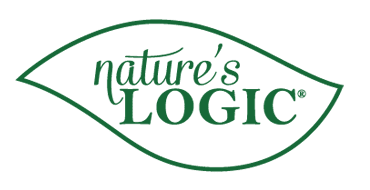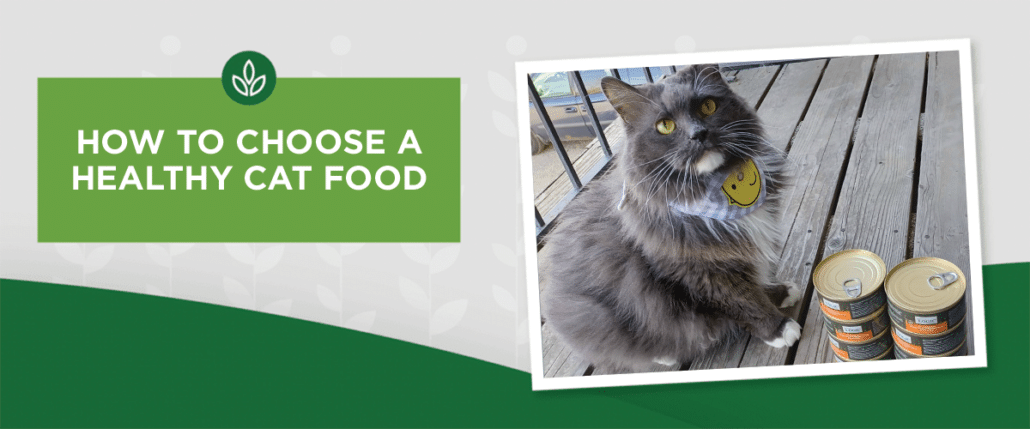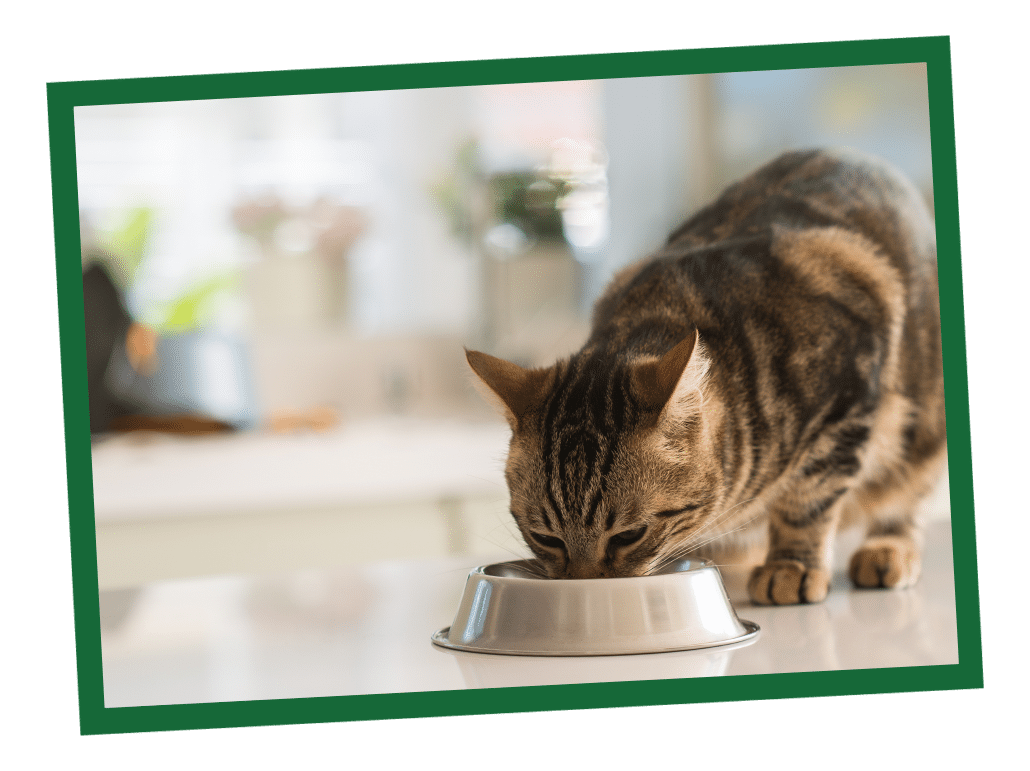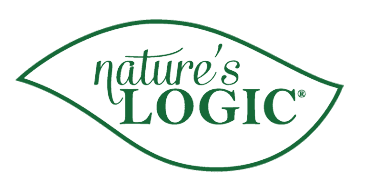A Guide to Choosing Healthy Cat Food
Choosing the right food for your cat can feel overwhelming with all the available options. Our guide will walk you through the factors to consider when choosing nutritious food. From recognizing your cat’s unique needs and exploring different types of food, to deciphering food labels and selecting the right food type, this guide will help you make informed decisions to fuel your feline companion.
Understanding Your Cat’s Nutritional Needs
When choosing the best cat food, it’s important to consider your pet’s specific needs. Cats, as obligate carnivores, have different dietary needs when compared to dogs or other pets. They are biologically designed to need protein and they must obtain most of their nutrients from animal-based sources. Kittens can benefit from high calorie, nutrient rich food that supports proper growth while many senior cats may benefit from easily digestible food with moderate calories to help them maintain their weight.
Wet Cat Food vs Dry Cat Food
While both wet and dry cat food can be part of a healthy diet, the ideal choice depends on your cat’s individual needs and preferences.
Wet or Canned Food
Wet cat food, also referred to as canned cat food, is a type of food that comes in sealed cans or pouches. It has a higher moisture content than dry kibble which can promote hydration and is easier to chew. Wet or canned food is typically very palatable and enticing for cats and comes in a variety of flavors like Rabbit and Turkey.
Dry Kibble
Dry cat food or kibble is a complete and balanced meal option that comes in small, dry kibble pieces. It is typically shelf-stable for several months, allows for easy portion control, and is generally more budget friendly. There are a wide range of kibble flavors including Chicken and Sardine. All Nature’s Logic kibbles deliver nutrition through wholesome and natural ingredients and contain no added synthetic vitamins or minerals. It’s complete and balanced for cats of all ages, sizes, and breeds.
Mixing Dry and Wet Cat Food
Mixing wet and dry food can provide additional benefits for your cat.
- Enhanced palatability: Picky eaters may find the mixture more appealing due to the taste and texture of the wet food.
- Increased hydration: Proper hydration is crucial for cats, but some cats have finicky drinking habits.
- Potential weight management: Wet food is generally less calorie dense than dry food, aiding with weight control.
Reading Cat Food Labels
Understanding how to read cat food labels can help you better identify and select a high quality recipe for your feline friend.
Ingredient List
Typically found on the back of the bag, this is the list of ingredients that are included in the recipe and is listed in descending order by weight. This means that the ingredients at the top of the list have higher inclusion in the recipe than those that appear further down towards the bottom of the list.
You’ll want to look for cat food that has a named animal protein as the top ingredient. Wet foods will often have a named animal protein like chicken, beef, or duck and salmon as the first ingredient. In dry foods look for named meat sources like Turkey Meal or Rabbit Meal as the top ingredient.
A good rule of thumb regarding meals: the more specific the name of the meal (i.e. chicken meal), the more likely it will be a quality meal. Generic terms like “meat by-products” can indicate lower quality protein sources. Ingredients like “meat meal,” or “soybean meal,” “poultry meal,” or “poultry by‐product meal” likely include sub-par ingredients that may be hard for your pet to digest.
In addition to protein, keep an eye out for additional ingredients commonly found in healthy cat food. These include fruits and vegetables, healthy fats like animal fats or plant-based oils, and prebiotics and probiotics that help support gut health.
Guaranteed Analysis
This section lists the inclusion levels of key nutrients like protein, fat, fiber, and moisture. When reviewing, look for recipes with high protein content. Dry foods with high crude fiber content can indicate inclusion of fillers like corn or wheat which can be difficult for your cat to digest.
Things to Avoid
- Artificial flavors, colors, and preservatives: These offer no nutritional value and may cause irritation.
- Fillers: Ingredients like corn, wheat, and soy are often used to bulk up the food but offer little nutritional value for cats.
Nature’s Logic cat food recipes are high in protein and natural taurine. They contain no peas, potatoes,
How to Choose the Best Cat Food
- When selecting the best food for your cat, here are 5 simple steps to help you make an informed decision:
- Choose Wet, Dry or Both: Decide whether you want to feed your cat wet food, dry food, or a combination of both. Wet food can help promote hydration, while dry food can be easier to portion and store. A combination of the two can provide a variety of texture and flavor, added moisture, and higher calories.
- Check the Ingredients: Look for cat foods with high quality ingredients, like Nature’s Logic cat food. Named proteins like chicken, rabbit, turkey, or fish should be the first ingredients listed. Avoid foods with too many fillers, by-products, or artificial additives.
- Transition Slowly: As cats’ nutritional needs can change throughout their lives, transitioning to a different type of food may be necessary. The key to successfully changing cat food is to transition slowly over 7-10 days and note how your cat responds.
- Consult Your Veterinarian: Whenever considering switching your cat to a new food, it’s worthwhile to discuss the plan with your vet to confirm the best course of action for your cat.
For more information on where you can find an all natural cat food option, check out our store locator.






